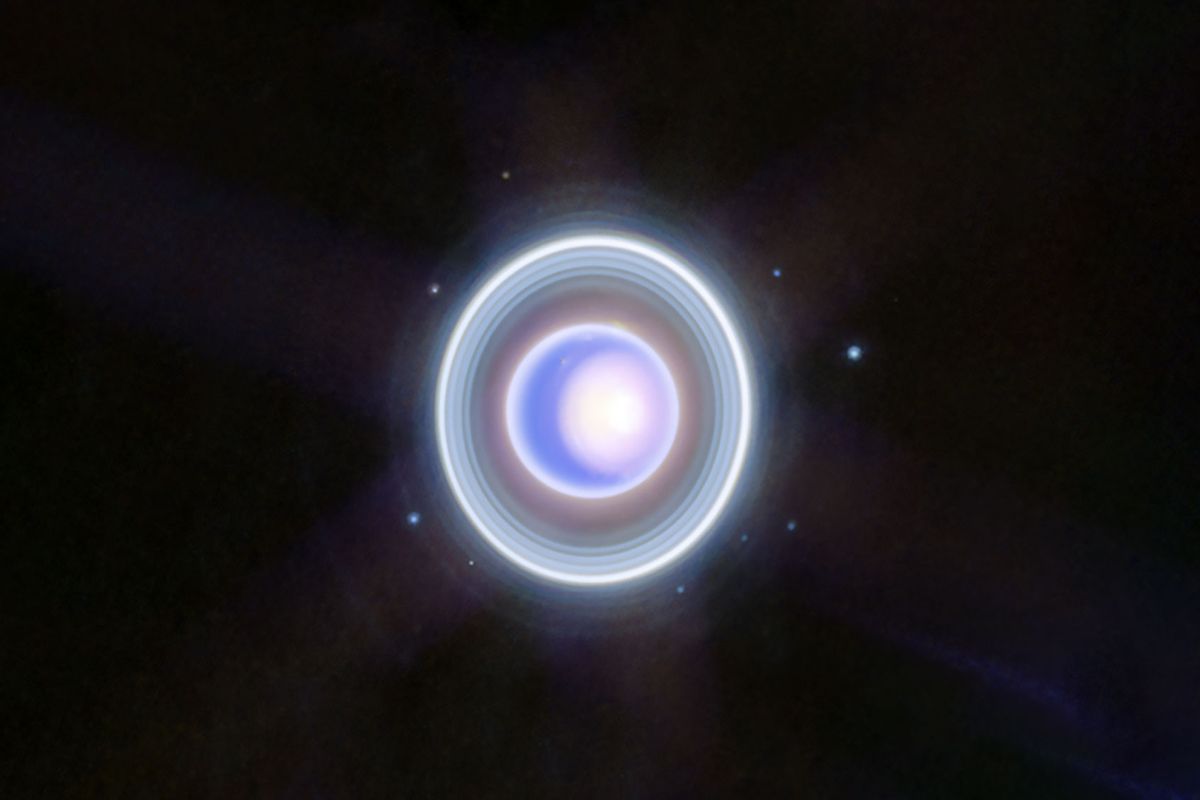James Webb Space Telescope snaps stunning new image of Uranus

Uranus is not the first planet that comes to astronomers’ minds when they hear about rings; its more spectacular celestial cousins like Saturn and Jupiter earn that distinction. Yet the rings around Uranus are quite magnificent on their own, as revealed among other things by recent images taken by NASA’s James Webb Space Telescope (JWST).
The images, which were captured by the JWST’s NIRCam (Near-Infrared Camera), are particularly notable for the clarity and detail that they offer in showing the rings of Uranus. Among these is the famous zeta ring, a very faint and dusty celestial object first discovered by the Voyager 2 satellite in 1986. On its website NASA describes this ring as “elusive” and adds that the JWST was only able to capture an image of “the extremely faint and diffuse ring closest to the planet” because of its “exquisite sensitivity.”
The rings of Uranus are certainly not alone as far as standout images from JWST are concerned. While the Voyager 2 images of Uranus shows a cyan ball, the new JWST images show a number of hues: Electric bright white, soft purple, light blue and dark blue. The JWST also caught images of many of the 27 moons that orbit Uranus and sport Shakespearean names: Belinda, Bianca, Cressida, Desdemona, Juliet, Perdita, Portia, Puck and Rosalind.
NASA scientists also pointed out that the new images reveal tumult beneath the seemingly placid Uranusian surface. They note that there are several bright storms visible both near and below the southern border of the polar cap. It’s a good thing we got this image, because there are no NASA missions officially planned to the distant planet, though one may launch between 2028 and 2038.



